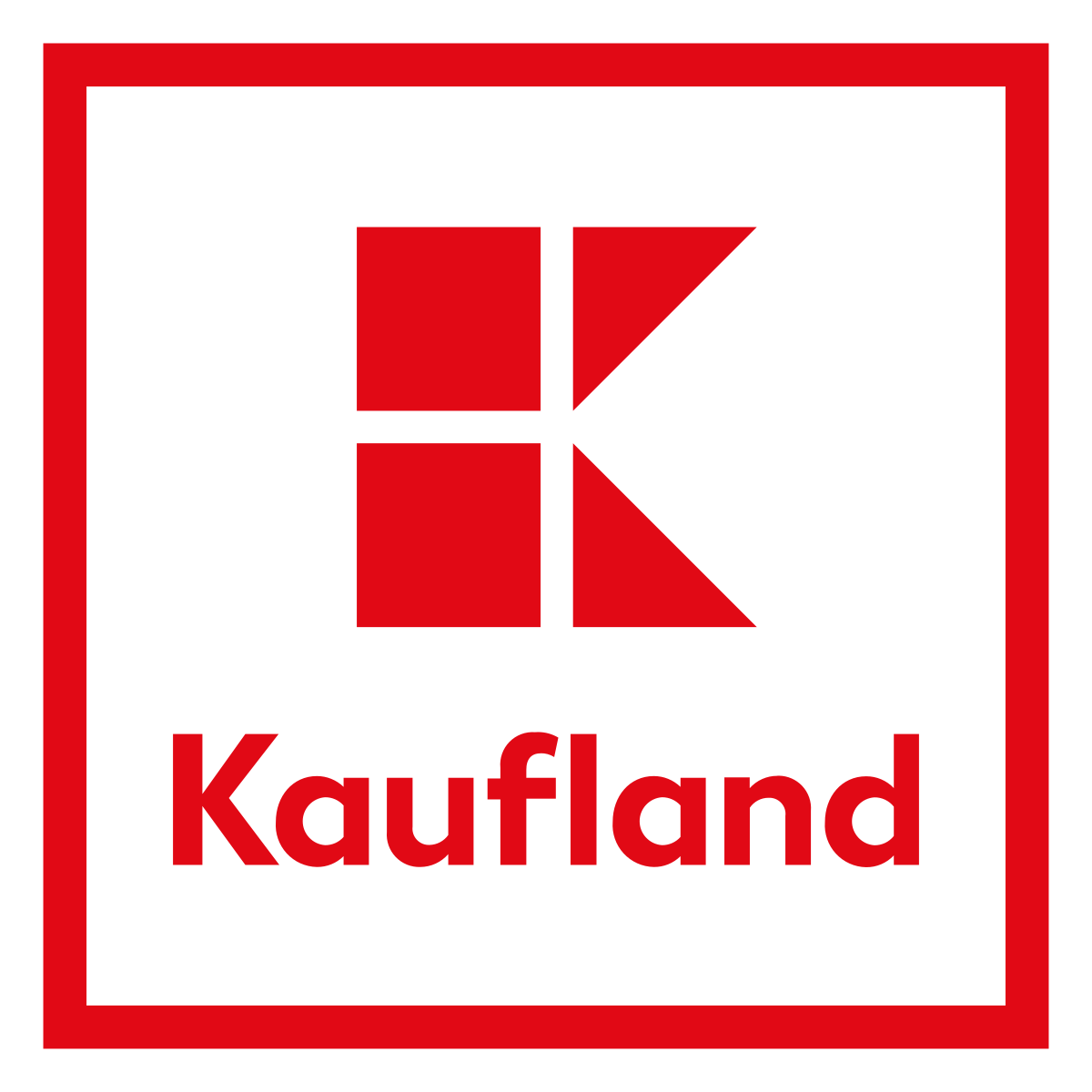Before buying wine: The history of wine
Before you buy just any wine in the store, you should also learn a little about its history. Wine was already being cultivated in parts of Asia in the 6th century BC. Georgia and modern-day Armenia are often mentioned as countries of origin.
Wine not only played a central role in agriculture, but also in culture and society. In many ancient myths, deities such as Dionysus, Bacchus and Osiris represented the noble drop, which was used for both religious rituals and celebrations.
Wine also plays an important role in the Bible. In Christianity, it symbolizes the blood of Christ, while in Judaism it is an essential part of the Sabbath and Passover celebrations. In art, wine has often been depicted as a symbol of joie de vivre and transience. Dionysus, the god of wine, stands for ecstasy and freedom, and many cultures worshipped him as a symbol of abundance and renewal.
Whether as part of religious ceremonies or as a drink at festivals, wine is deeply rooted in human culture and remains an important part of many celebrations today.















































































 Login with Amazon
Login with Amazon